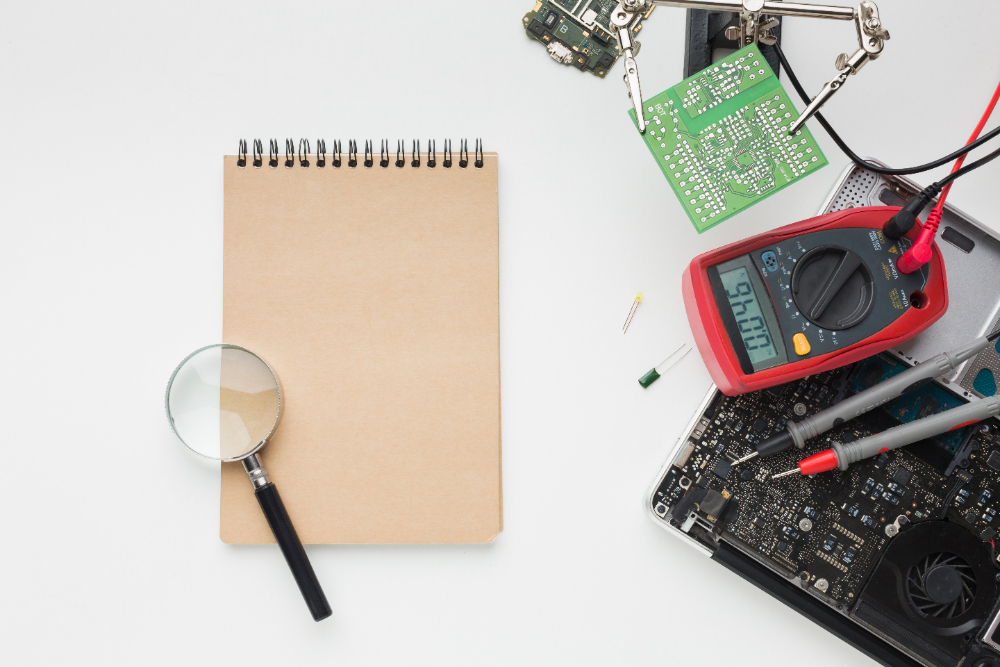Electric cables and materials are the backbone of modern infrastructure. Whether you’re a professional electrician or a curious customer, understanding the basics can make a big difference in safety, efficiency, and cost-effectiveness.
Technical Insights
- Cable Types and Applications:
- Flexible Cables: Ideal for appliances and movable devices.
- Armored Cables: Provide extra protection for underground or industrial installations.
- Low Smoke Zero Halogen (LSZH) Cables: Emit minimal toxic fumes during a fire, perfect for public spaces.
- Cable Sizes and Load Capacity:
- Use the right gauge: Undersized cables can overheat, while oversized ones increase costs unnecessarily.
- Always refer to ampacity charts for safe current handling.
- Material Matters:
- Copper Cables: High conductivity and durability, ideal for most applications.
- Aluminum Cables: Lightweight and cost-effective, often used in overhead lines.
- Energy-Efficient Components:
- Opt for LED luminaires and smart switches to reduce electricity consumption.
- Invest in advanced circuit breakers and surge protectors for safety and efficiency.
- Installation Tips:
- Avoid sharp bends to maintain the cable’s integrity.
- Use conduits to protect cables from external damage.
- Ensure proper grounding to prevent electrical hazards.
Frequently Asked Questions (FAQs)
1. How do I choose the right cable for my project?
Start by identifying the load requirements, distance, and environmental factors. For professional guidance, consult the manufacturer’s datasheets or a certified electrician.
2. What’s the difference between single-core and multi-core cables?
- Single-core cables: Have one conductor, used in simple installations.
- Multi-core cables: Contain multiple conductors, suitable for complex systems or machinery.
3. Can I mix copper and aluminum cables?
While possible, special connectors are needed to prevent galvanic corrosion. It’s better to avoid mixing unless necessary.
4. How can I ensure my cables last longer?
- Use quality products from trusted brands like Nexans, Prysmian, or Schneider.
- Schedule regular maintenance checks.
- Protect cables from moisture, heat, and physical damage.
5. Are eco-friendly cables worth it?
Absolutely! LSZH and recyclable cables not only reduce environmental impact but also enhance safety during emergencies.
6. What is the lifespan of an electrical cable?
It depends on the type and usage, but most cables last 20–40 years if properly installed and maintained.
7. Do I need to replace old cables during renovations?
Yes, especially if the cables show wear, are outdated, or don’t meet current safety standards.
💡 Pro Tip:
Always choose cables and accessories that meet international standards (e.g., IEC, UL, or CE) to ensure quality and safety.
Have more questions or need assistance with your project? Contact us for expert advice and access to high-quality materials!
#ElectricCables #TechnicalInsights #FAQs #SafeInstallations #EfficientMaterials



